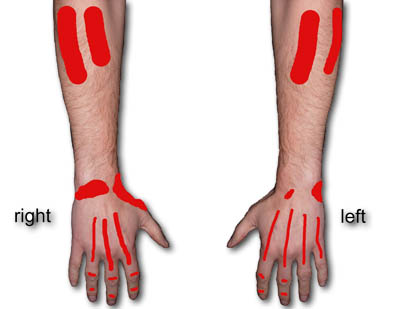 We are a species that spends most of our lives battling addictions of one sort or another – ranging from what we consume to television to news, the list is endless. Our addiction to technology is no different. The cool technological gadgets that adorn our lives are just so addictive!
We are a species that spends most of our lives battling addictions of one sort or another – ranging from what we consume to television to news, the list is endless. Our addiction to technology is no different. The cool technological gadgets that adorn our lives are just so addictive!
There are so many ways today to fritter away huge amounts of our time in our new virtual worlds. Have you ever played a video game and noticed how 3 hours of your life just disappeared?
Technology has brought us immense benefits as a society, but it has also made us slaves to a great extent, and we spend ever increasing amounts of time interacting with devices whether they be computers, mobile phones, PDAs, games consoles, MP3 players, GPS or TV remotes.
A substantial portion of employment now involves working on computers, whether it be the inputting/analysing of data, or the creation of the latest software that controls our lives. The trouble is that, the more high technology we introduce to our lives, the more time we spend interacting with it, often to the disadvantage of our health. It’s not too hard to imagine that, if current trends continue, there will be a technological gadget to interact with from the moment we wake up until the moment we fall asleep (or more scarily from the moment we are born until the moment we die!).
The Web has expanded the information available at our fingertips by a staggering amount. It has also changed
 During my
During my 
 Just came across an old
Just came across an old  During the course of my injury, I have frequently encountered opinions and references to RSI injuries being “all in the mind” (a reference to the sufferer somehow psychologically inducing RSI pain rather than there being an actual physical cause).
During the course of my injury, I have frequently encountered opinions and references to RSI injuries being “all in the mind” (a reference to the sufferer somehow psychologically inducing RSI pain rather than there being an actual physical cause). The rate of success in dealing with RSI symptoms is proportional to the speed that a sufferer can diagnose the causes of those symptoms, and their understanding of the corrective actions required to avoid further injury.
The rate of success in dealing with RSI symptoms is proportional to the speed that a sufferer can diagnose the causes of those symptoms, and their understanding of the corrective actions required to avoid further injury.